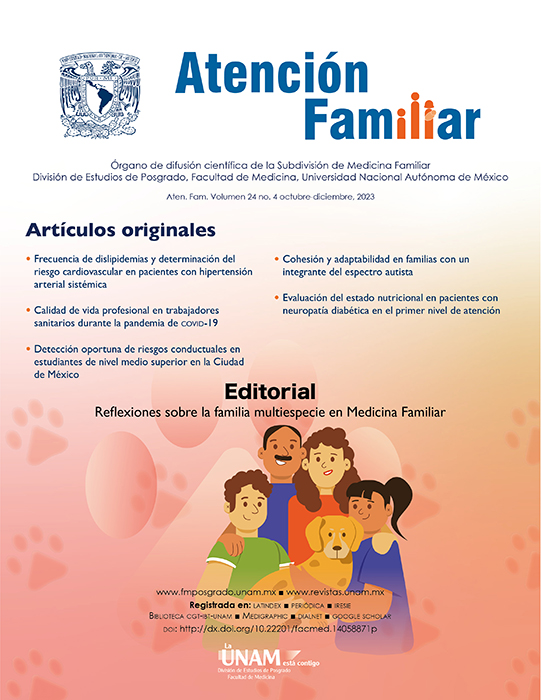Invisible Disabilities at Primary Care
Main Article Content
Abstract
Invisible disabilities are configured by the presence of physical, cognitive, and emotional symptoms that make it difficult to carry out activities of daily living; they are not easily detectable to the naked eye, but their impact on the quality of life, and emotional well-being, as well as on the daily performance of the people who suffer them, can be profound.
At primary care, health professionals may face difficulties in identifying and addressing these disabilities. Due to the absence of visible signs, their assessment may lead to misdiagnosis or lack of recognition. In the family medicine setting, these conditions can have significant effects on interpersonal relationships and family dynamics, as they may be misunderstood, underestimated, or not fully understood.
It is essential to take a holistic approach, considering both the physical and emotional aspects of patients' health. Awareness, education and the creation of an empathetic care environment are crucial to recognize, and adequately address these types of disabilities, and thereby foster improvements in people's quality of life.
Downloads
Article Details
Citas en Dimensions Service

This work is licensed under a Creative Commons Attribution-NonCommercial-NoDerivatives 4.0 International License.
